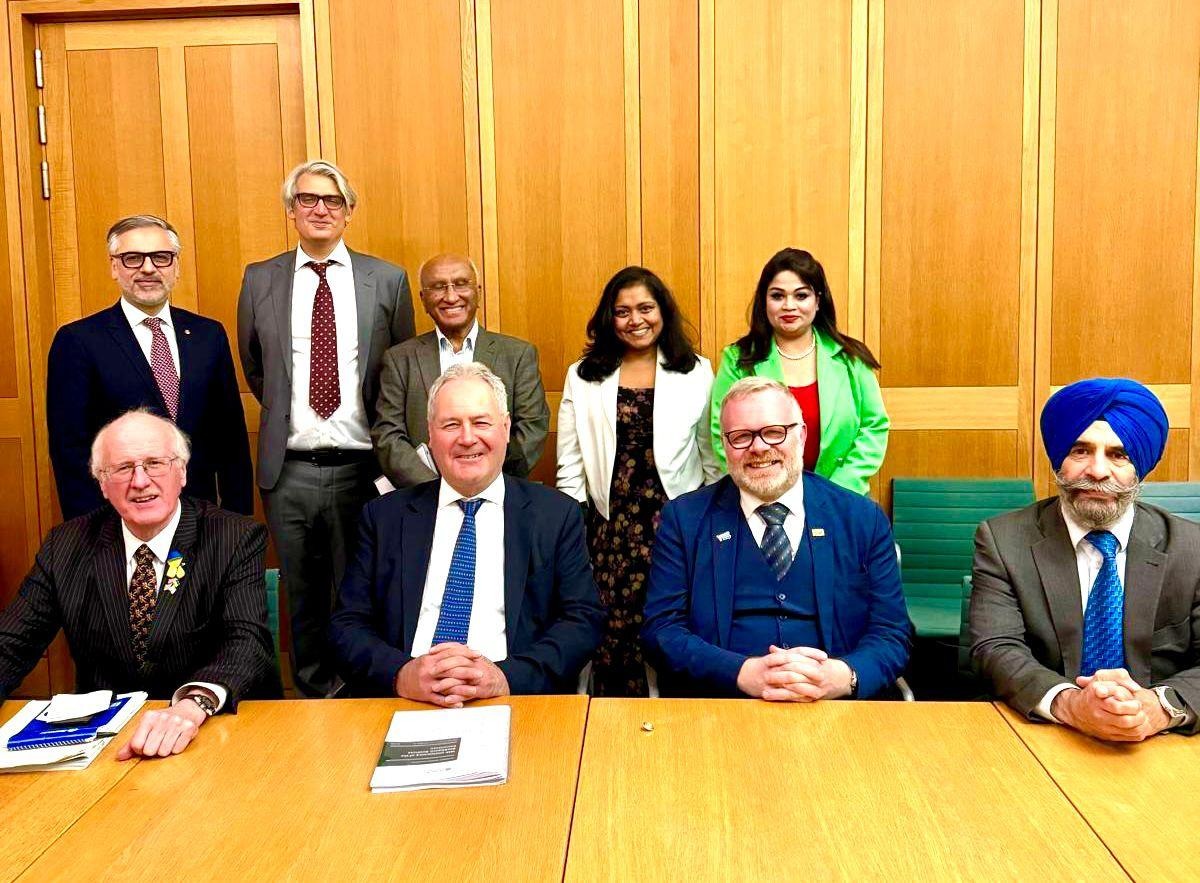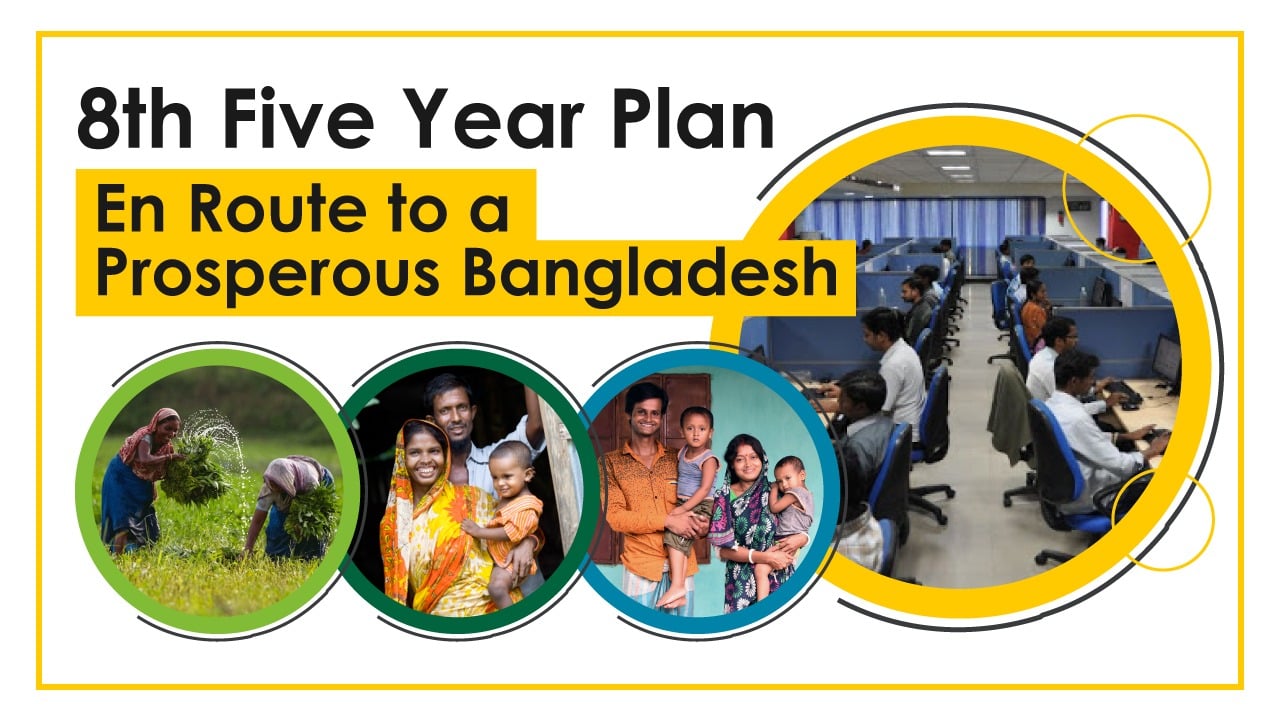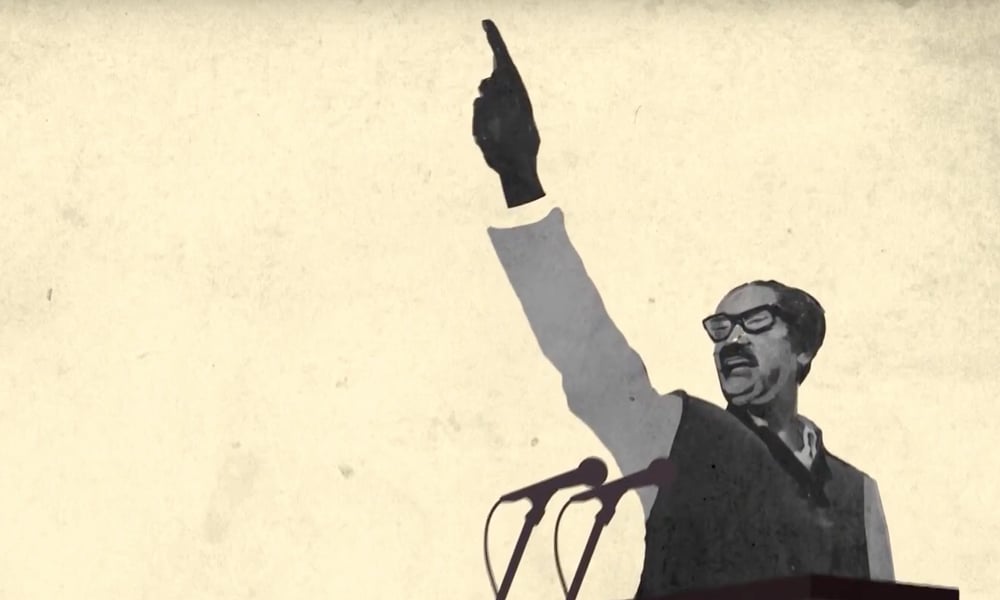2709
Published on November 15, 2015The children of today will be the leaders of tomorrow. We must ensure a proper upbringing for all of them: HPM Sheikh Hasina
Since 2009, the Bangladesh Awami League led government headed by Honorable Prime Minister (HPM) Sheikh Hasina has taken a number of steps to ensure a better, safer and more promising future for our children. These initiatives and actions have resulted in the overall, as well as specific development, of the children in Bangladesh. This document sets out a summary of some, but not all, of the major steps taken in the last 7 years and the successes such steps achieved to ensure the welfare of children in Bangladesh.
National Children Policy 2011
Right after assuming responsibility in 2009, the government of HPM Sheikh Hasina started consultations for formulating a comprehensive policy for the children of Bangladesh. The result was the National Children Policy 2011, the fundamental principles of which include: ensuring child rights in light of the constitution, national laws and international instruments; poverty alleviation of children; elimination of all forms of child abuse and discrimination; elimination of all forms of abuse of and discrimination to female child; and ensuring participation of children and accepting their views into consideration in overall protection and, in the best interest of, the children.
The policy also mentions providing needed standard services to children and adolescents in matter of rights concerning education, health, nutrition, safety, family environment, recreation and other rights. It further asks to extend facilities to the female child, disabled child and child with special needs. Most importantly, the policy envisages developing children as honest, patriotic, scientifically inquisitive and responsible citizens of the country.
Children Act 2013
In order to give its vision for the development of children a legal force, the Awami League government enacted the Children Act (CA) 2013. It should be noted that much before the international community announced the Charter on Child Rights in 1989, Bangladesh's Father of the Nation Banganandhu Sheikh Mujibur Rahman formulated the Children Act in 1974. Making the previous law more time befitting, CA 2013 is harmonized with the United Nations Convention on the Rights of the Child (CRC) and refers to the CRC in its preamble.
Child welfare lies at the center of the Act as it encourages family based care and protection considering best interest of the child and meaningful child participation. Consisting of 11 chapters and 100 sections, the law defines an individual as being an individual aged 18 or below, providing a universal and internationally recognised definition for a child. During the passing of the Act, the then UNICEF Bangladesh Representative Pascal Villeneuve commented: “The passing of the act is a great milestone for children in Bangladesh”. Among others, the Act provides for:
Ending Child Marriages
In Bangladesh, the practice of child marriage has declined in the last two decades. The marriageable age for women is 18, but 20 years ago 52% of the nation’s women would be married off within 15 years of age. At present this rate has declined to 17%. The proportion of women marrying in their early teens continues to decline as a result of education, employment and social awareness campaigns like the one launched by HPM Sheikh Hasina which tries to portray girls as equal members of society rather than simply brides.
The Child Marriage Act of 1929 is in the final stages of being amended to provide stricter punishments for those involved in, or facilitating, child or early marriages. Bangladesh Prime Minister Sheikh Hasina has pledged to eliminate child marriage from Bangladesh by 2040 while attending the first ever Girl Summit in UK on 22nd July 2014. To this end, the government has undertaken a number of social programmes to prioritize this aim.
Children in National Budget
Children’s perspective in the national budget has been incorporated on an experimental basis for the first time ever in 2015-16. Accordingly, the Finance Ministry presented a report titled “ShishuderNiye Budget Vabna’ (Budget thoughts for Children) taking into account the budgetary allocations of five ministries directly related to socioeconomic development of children. In formulating this report the Ministry considered the projects, programmes, and other initiatives directly dealing with the needs, rights and welfare of children.
As a starting point, the Ministry has started the task of identifying all therelevant programmesto build a proper framework to evaluate their impacts. This task has to be implemented in phases. The government has undertaken a project named “Strengthening Capacity for Child Focused Budgeting in Bangladesh (SC-CFB)” from July 2015. Once the project is implemented, capacity of the Finance Division and other child related ministries in terms of proper utilization of resources and its reporting will be enhanced.
Education
The government of HPM Sheikh Hasina had earmarked education as a thrust area for development of children. The results are evidenced by the fact that Bangladesh has achieved the Millennium Development Goal (MDG) 1 of Achieving Universal Primary Education. Gender parity has been achieved in primary and secondary education enrolment. Net enrolment rate in primary education increased from 60.5% in 1990-91 to 98.7%, with 99.4% for girls. The country has witnessed significant achievement in reducing school dropout rates, slashing it is half.Proportion of pupils who start Grade 1 and reach Grade 5, increased from 43% in 1990-91 to 79.5%.
Factors behind these successes include:
- Education given its due priority in national budget and development planning
- Formulating forward looking and comprehensive National Education Policy 2010 and formulating National Plan of Action I and II to realize goal of Education for All
- Providing various financial and social incentives for enrolment, studies and preventing dropouts
- Arranging special incentives for girls students, by way of stipends, exemptions of tuition fees and providing necessary facilities such as provisions for separate toilets. Around 13 million scholarships and stipends provided in the last six years by the government.
- Introduction of pre-schooling to prepare children for formal schooling
- Free distribution of textbooks and educational materials up to Class 9. In the last six years, 1.59 billion free textbooks have been distributed to students across the country.
- One of the largest school feeding programme: 7.8 million students being fed regularly under the government’s food for education programme, which was previously 4 million only.
- Primary education made free and compulsory
- Taking timely examinations: Introducing Primary School Certificate (PSC) for students of Class 5 and Junior School Completion (JSC) examinations for students of Class 8 to familiarize young students with formal and uniform assessment processes
- Increased use of Information and Communication Technology (ICT) at all levels. Currently there are around 22,000 digital/multimedia classrooms. There are currently 300+ types of e-books, and a teachers’ portal connecting around 24,000 teachers.
- Inclusive education: 61 special needs schools have been set up. Braille textbooks being distributed free of cost to students with visual impairments.
Child Mortality
Bangladesh has been widely acclaimed for achieving the MDG4 of reducing child mortality. Target of under-5 child mortality rate has been attained by the country. The under-5 CMR has been brought down from 146 per 1000 live births in 1990-91 to 44 per 1000 live births against MDG target of 48 by 2015. The country has also almost attained target of reducing infant mortality rate, which has been reduced from 92 per 1000 live births in 1990-91 to 35 against MDG target of 31 by 2015. Significant progress has been achieved in the proportion of births attended by skilled health personnel, rising from 5% in 1990-91 to 31.7%. The country has also experienced significant progress achieved in the immunization of children. Proportion of children immunized against measles increased from 54% in 1990-91 to 87.5% against target of 100% by 2015. Some of the factors contributing to these successes include: successful programs for immunization, control of diarrheal diseases and Vitamin A supplementation and potential effect of overall economic and social development.
In April 2015, the government made swimming lessons compulsory in schools, to reduce the number of children who drown in the country's many waterways. According to UN figures, about 18,000 children between five and 17 die each year because they cannot swim.The education ministry has stated that rural ponds and lakes will be made suitable for lessons and university pools opened up. The government has asked schools to provide monthly progress reports.
Banning Child Labour
Right after coming to power in 2009, the Awami League government took the issue of eliminating child labour seriously. To that end, in 2010 they formulated the National Child Labour Elimination Policy 2010 and the accompanying National Plan of Action with an aim to eradicate child labour by 2016. Bangladesh is signatory to the UN Convention on the Rights of the Child 1989 and ILO Worst Forms of Child Labour 1999. It has been made illegal in Bangladesh to employ anyone below the age of 14 years for any job and for anyone under 18 years of age to be employed in any hazardous job.
Bangladesh has banned the use of child labour in all small and medium industries including the garments and all informal sectors. In 2012, the government imposed a ban on engaging children in 36 types of jobs, which were detected as hazardous for children. A permanent Child Labour Unit in the Ministry of Labour and Employment has been set up. To date, this unit has saved fifty thousand children from hazardous jobs.
Children in National Social Security Strategy 2015
Social Security Support for Children has been prioritized in the recently approved National Social Security Strategy 2015. The Strategy specifically asks for strengthening a number of core Social Security schemes that will directly be targeted at children. The schemes that will be focused on are: a) a transfer for young children; b) an expansion of the school stipends; c) ensuring child maintenance payments for abandoned children; d) maternity benefits for 63 working women; and e) a number of complementary schemes that will bring direct benefits to children.
Child Benefit: The Government has decided to prioritize support to young children up to the age of four years, through a large extension of current support by establishing a groundbreaking scheme known as the Child Benefit. This will build on the success of the current Maternal Allowance Programme for the Lactating Mother and provide a transfer to around half of all children aged 0-4 years, who belong to the poor and vulnerable group. The programmewill provide a monthly transfer to each child that will be paid to the mother or female care-giver (although a male care-giver will be eligible if no female is available).
Extending School Stipends Scheme: The Government will make two significant changes to the current school stipend schemes. Coverage will be extended to the 50 percent poorest children in primary and secondary schools respectively, with no distinction by gender. Furthermore, the transfer value will be increased from current level9 and there will be no reduction in the value of the benefit for families with more than one child. The value of the benefit will be indexed to inflation. However, a maximum of two children per family will be able to receive the stipends at any one time.
Ensuring Child Maintenance Payments for Abandoned Children: During 2015, the government will undertake a review of current parental support practices and propose mechanisms for ensuring that parents who abandon their children are legally obliged to pay maintenance for those children. By June 2016, the Government will prepare legislation that sets out the legal and financial responsibilities of all parents to their children, proposes mechanisms for enabling care-givers of children to obtain maintenance payments from those parents who have abandoned their children, and indicate mechanisms by which the state will ensure that the care-givers are provided with adequate support in making their claims. The policy will be implemented from 2017.
Children with disabilities: The strategy also specifically mentions benefits for children with disabilities. Under the strategy, the Government will ensure that every child certified as having a severe disability will be provided with a regular transfer, known as the Child Disability Benefit. All children are deserving of this benefit, as long as they fulfil the disability criteria to be defined by the Ministry of Social Welfare and the income of their care-givers is within the income threshold for the scheme. It is estimated that there will be around 350,000 children eligible for the scheme. Children with disabilities will not be excluded from other child-focused benefits.
KishorKishori Club: Organizing for Social Advancement
The Ministry of Women and Children’s Affairs has organized male and female adolescents into clubs for empowering them to bring social change. These are called “KishorKishori Clubs”. Such clubs have been set up in 379 unions falling under 7 districts of 7 divisions, incorporating 11,370 male and female teens. The process is underway to extend the clubs to all unions of seven more districts in the current fiscal year. The Ministry of Women and Children Affairs has announced that these clubs would be supported by the government to push social campaigns like creating awareness among young people and their parents on the adverse impacts of child marriage.
Recent Steps
Recently the Finance Minister Mr. AMA Muhith highlighted some of the noteworthy steps taken recently by the government for the physical and mental development of children including: establishment of child day care centres for women workers in garments industries, programmes to raise awareness about child marriage and prevent violence against children, and establishment of 6 child development centres to provide destitute, orphan, helpless street children with shelter, food, clothing, and educational materials and also to create for them schooling opportunities with health, sports and entertainment facilities. From July 2015, funded by the Ministry of Women and Children’s Affairs, a educational entertainment TV programme called “Sisimpur” is being telecast four times a week by the national broadcaster, BTV.
Conclusion
While lot of progress has been made in the quest to secure a better and safer future for our children, the Awami League government is not resting. Currently, HPM Sheikh Hasina has set her eyes on the rehabilitation of children living in the streets. On World Children Day 2015, the Premier commented: "If we can feed 160 million people, we can surely look after all our children on the streets...No child will remain on the streets, every child must have a shelter, a home to stay". She succinctly stated her target in this regard in October 2015 when she commented that her government is striving to build a country where every child would get safe life and have opportunity to build up their future in a congenial atmosphere.














